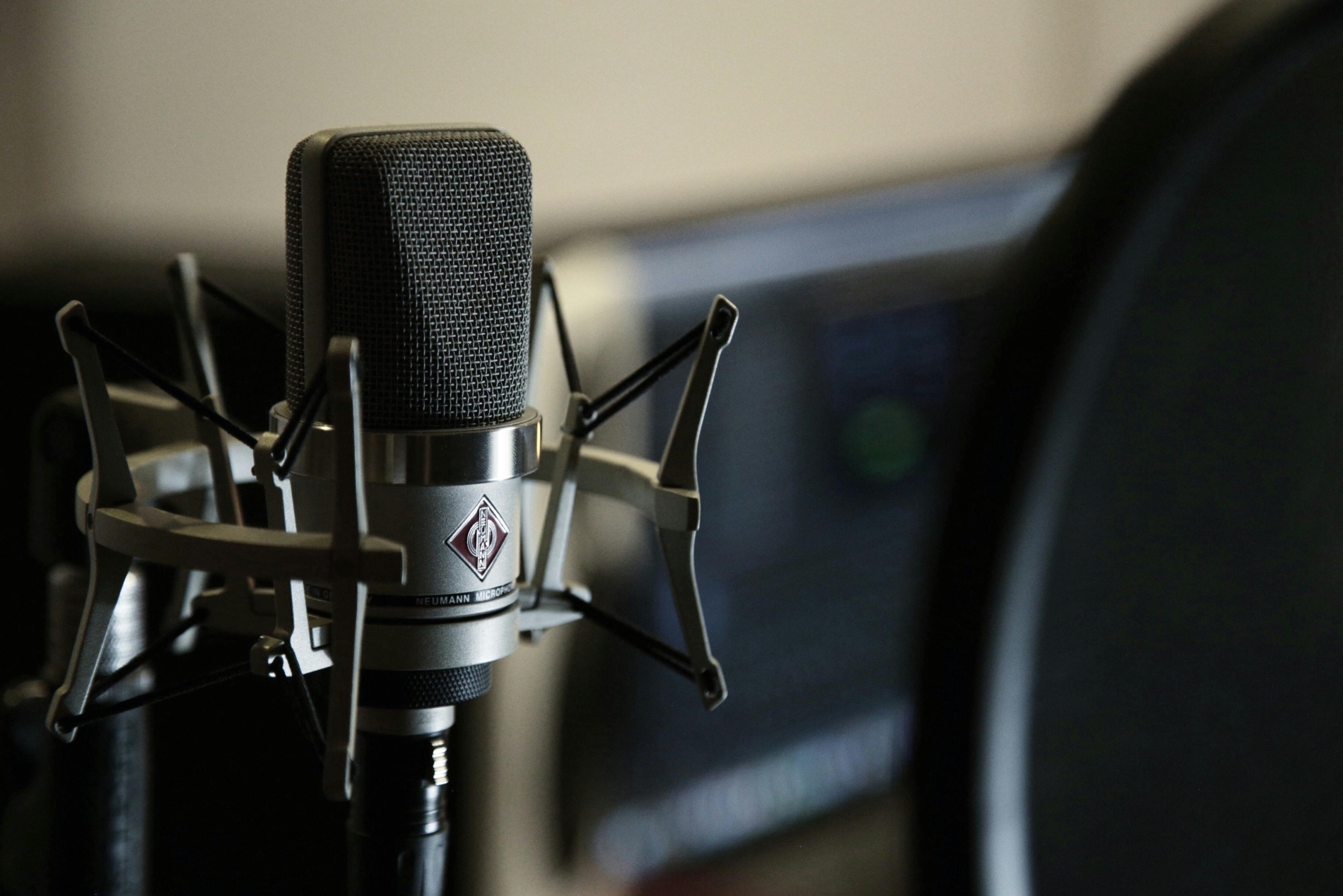Article
Mastering ADR Recording: Techniques and Common Pitfalls
ADR makes film dialogue clear and natural. Achieving the right intensity and emotion during recording is key to seamless, professional-sounding results.


What is ADR (Automated Dialogue Replacement)?
ADR, or Automated Dialogue Replacement, is a process of re-recording lines of dialogue in a studio after the filming has been completed.
The most common reasons for doing ADR are improving the technical quality of the recordings or adjusting the performance of an actor.
Many things contribute to the technical quality of production sound (the sound from set): Noisy locations, actions portrayed in the scene, wardrobe, camera-angles, line delivery of the actors, human errors from the sound crew, among other things, can result in poor intelligibility of certain lines or overall low sound quality of recordings.
Even if the technical quality of the production sound is sufficient, the director may wish to re-record some lines to modify the actor’s performance. The subject of change may be the emotional content of a line, or simply the pronunciation of a single word.
It is also common to add off-screen lines that help explain the events of the film to the viewer or direct the focus of the audience to crucial details of the the story.
ADR-cues may also include non-verbal sounds such as breathing and grunts of effort, which are generally difficult to capture while shooting the film.
The biggest challenge: blending ADR with production sound
So, ADR-recording sessions are obviously a useful and verstatile tool for filmmakers. However, they also present a challenge for those responsible for film’s sound: How to blend ADR-recordings and production sound together as seamlessly as possible. The worst-case scenario is that the re-recorded dialogue clearly stands out from the production sound. This can be really distracting for the audience, creating a disconnect between the story and the viewer. Viewers may not even consciously realise what the problem is, but the immersion in the story is disrupted.
To combat this challenge, audio software developers have come up with various tools, some of which are based on AI. These tools often try to “learn” the characteristics of a line of production sound and then apply those characteristics onto a line of ADR. By characteristics I mean the tempo, pitch and timbre of the sound, as well as the acoustic properties of the recording space, such as reverberation time.
The actor’s performance is the key to success
These tools definitely have their place and their use cases. However, I strongly believe that ADR succeeds or fails already at the recording stage. According to my experience, the intensity of the actor’s expression is by far the most important thing to get right when recording ADR. Sufficiently strong vocal usage (it’s tempting to speak too quietly when you are in a quiet recording booth), movement and immersing oneself into the role are what help the actor achieve an intensity of expression that matches the filming situation. It is, of course, also very important to ensure that the timing, rhythm and pitch of the performance is correct. But to me, capturing the emotion of the original performance is just as important, if not more so.
The role of the director and sound recordist
Nailing the correct intensity in an ADR-session is by no means easy for the actor. Several months may have passed since the filming, and typically are no co-performers, sets, props or costumes present. It is therefore the responsibility of the director and sound recordist to help the actor get back into their character’s mindset and into the moment of the story. It’s important to remember that the actor is not in the recording booth simply to repeat their lines; they are there to re-enact the scene, or parts of it, again. This time, however, there is no camera.
In addition to traditional verbal direction, the actor can also be guided using sound and music. If the performer hears the soundscape of the scene from the headphones, it may become a lot easier to understand the context in which the lines will be heard. This can prove especially helpful in noisy scenes, such as bar scenes or battle scenes, where the natural way of speaking would be to compete with the background noise.
When ADR succeeds, mixing becomes easier
If the appropriate intensity and emotion of the performance, alongside good pitch and timing, has successfully been captured in the ADR-session, blending the ADR and production sound together can become relatively easy. In my estimation, at this point 80-85% of the job is done. The rest is editing and mixing, where volume automation, equalisers, compressors, spatial effects and other necessary tools are used to ensure that the ADR-lines and production sound blend together as seamlessly as possible.
Editing, mixing and AI supporting ADR
At this stage, if needed, one can also employ some of the modern, AI-based mixing tools that I mentioned earlier, and they might help to make the outcome even better. However, it’s important to understand, that no tool (at least not yet) can correct the intensity and emotion of the performance if it was not achieved during the recording session.

